Sort by
 13 kinds of sensors in mobile phones and what are recorded by the sensors
13 kinds of sensors in mobile phones and what are recorded by the sensors26 November 2025
The sensor in a phone refers to the components of the phone that can be felt by the chip, such as distance, light, temperature, brightness, and pressure. These sensors are getting smaller and smaller, their performance is increasing stronger, and their cost is getting lower and lower, just like all electronic components. The Evolution History of Storage Devices
The Evolution History of Storage Devices26 November 2025
Some people say that "most technology products are destined to be open for only a short period of time." Today, I intend to talk about the evolutionary history of storage devices in the age of technology. Introduction to TTL and CMOS Logic Gate Circuits
Introduction to TTL and CMOS Logic Gate Circuits24 November 2025
Electronic circuits that implement basic and common logic operations are called logic gate circuits. TTL and CMOS logic gate circuits are 2 typical types. Read this to learn their structure and features.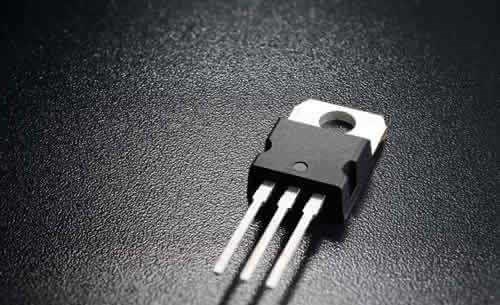 What are Varactor Diodes?
What are Varactor Diodes?24 November 2025
Varactor Diodes, also known as "variable reactance diodes", are made using the characteristic that the junction capacitance varies with the applied voltage when the PN junction is reverse biased. When the reverse bias voltage increases, the junction capacitance decreases, on the contrary, the junction capacitance increases.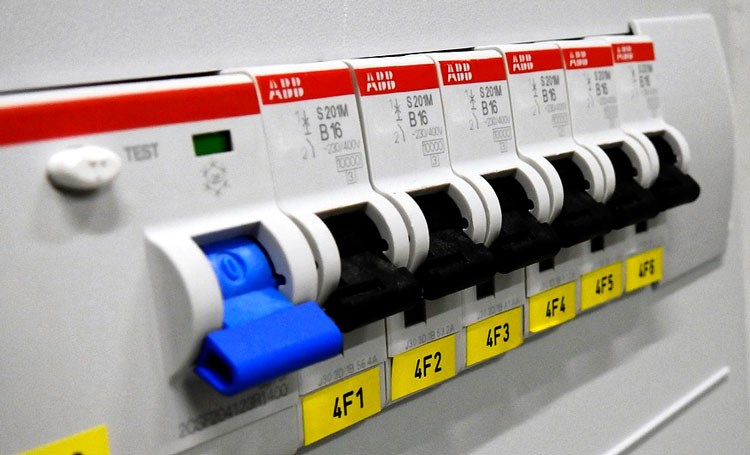 Circuit Breaker: Working Principle, Types and Structure
Circuit Breaker: Working Principle, Types and Structure21 November 2025
Circuit breaker is a switching device capable of closing, carrying and breaking the current under normal and abnormal circuit conditions within a specified time. So what's its structure and how many types are there? How does it work? Read this. How do Parking Sensors Work?
How do Parking Sensors Work?21 November 2025
The parking sensor also called "parking aid", is mainly composed of ultrasonic sensors, controllers, and displays. It helps the driver "see" the invisible things in the rearview mirror, and inform the driver of the obstacles around the driver by sound or a more intuitive display. Introduction to Electrochemical Sensors
Introduction to Electrochemical Sensors19 November 2025
Electrochemical sensors are made on the basis of ion conduction. According to the formation of their electrical characteristics, electrochemical sensors can be divided into potential sensors, conductivity sensors, electricity sensors, polarographic sensors, and electrolytic sensors.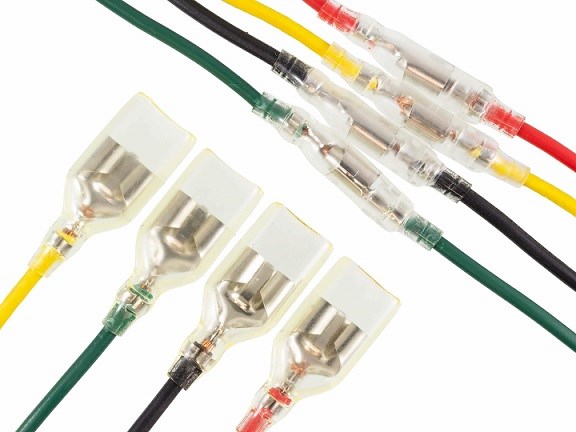 What is an Electrical Connector?
What is an Electrical Connector?19 November 2025
Electrical Connector is an electromechanical component that connect the electrical circuit. It is composed of a fixed female contact (socket), and a free male contact (plug). According to the shape, there are circular electrical connector and rectangular electrical connector, and each type can be subdivided based on the connection method...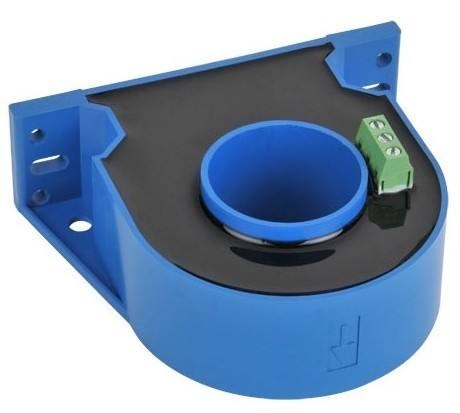 Classification of Current Sensors
Classification of Current Sensors18 November 2025
A current sensor is a detection device that can detect the information of the measured current, and can transform the detected information into electrical signals that meet certain standards or other required forms of information output according to certain rules to meet information transmission, processing, storage, display, recording, and control requirements. What are Types and Application of Gas Sensors?
What are Types and Application of Gas Sensors?18 November 2025
The gas sensor is the core of the gas detection system and is usually installed in the detection head. Essentially, a gas sensor is a converter that converts a certain gas volume fraction into a corresponding electrical signal. The probe uses the gas sensor to adjust the gas sample, which usually includes filtering out impurities and interfering gases, drying or refrigeration treatment, sample pump, and even chemical treatment of the sample, so that the chemical sensor can make faster measurements. In the following, we’ll mainly discuss the properties, typical types and application fields of gas sensors. Humidity Sensor: Classification, Package and Application
Humidity Sensor: Classification, Package and Application13 November 2025
Human survival and social activities are closely related to humidity. With the development of modernization, it is difficult to find an area that has nothing to do with humidity. Due to different application fields, the technical requirements for humidity sensors are also different. From a manufacturing point of view, humidity sensors with different materials and structures, and processes have different performance and technical indicators (such as accuracy), and the price also varies.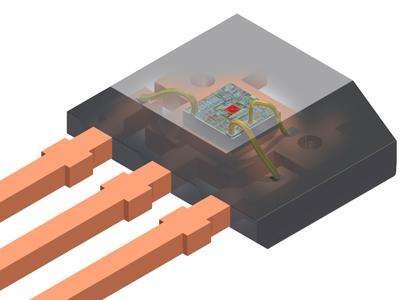 Basic Introduction to Hall Effect Sensors
Basic Introduction to Hall Effect Sensors13 November 2025
The Hall effect sensor is a magnetic field sensor made according to the Hall effect. The Hall effect is a type of magnetoelectric effect. This phenomenon was discovered by Hall (A.H. Hall, 1855-1938) in 1879 when he studied the conductive mechanism of metals.

